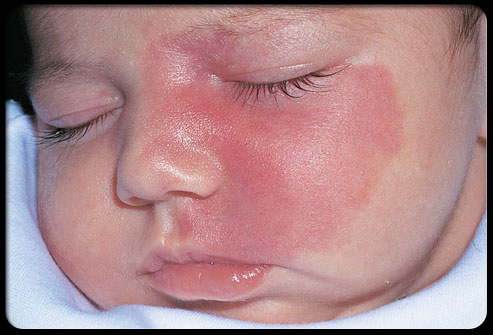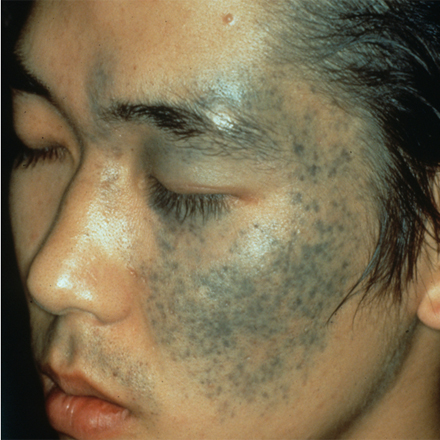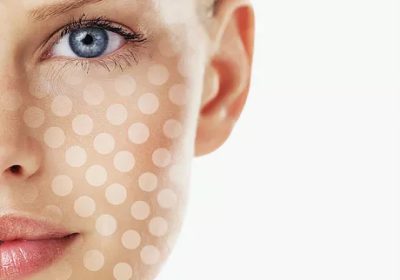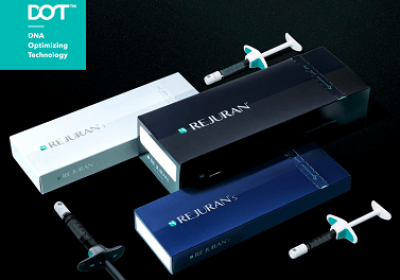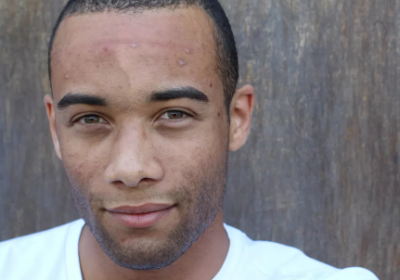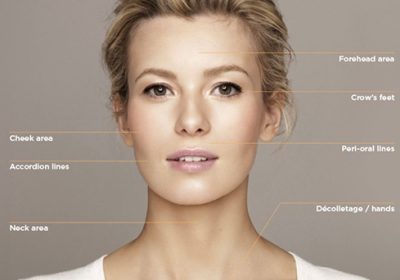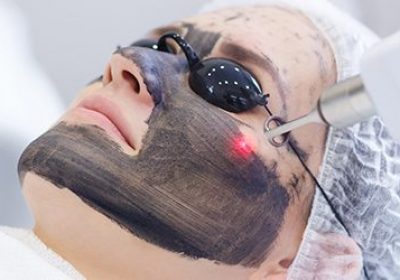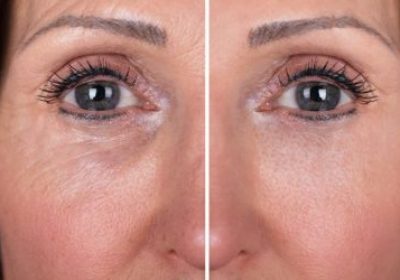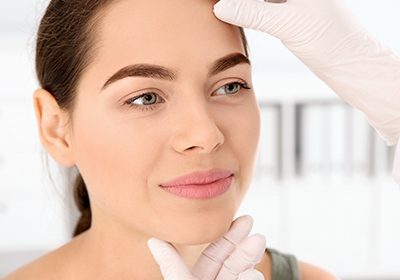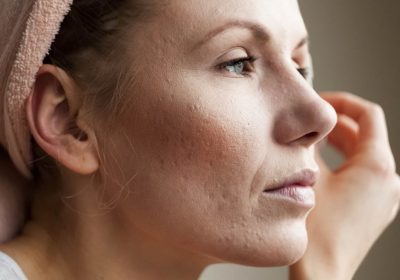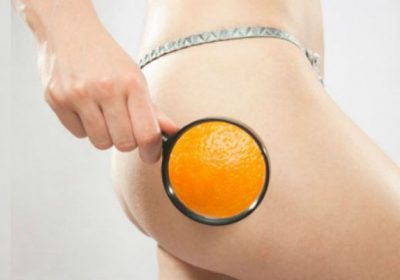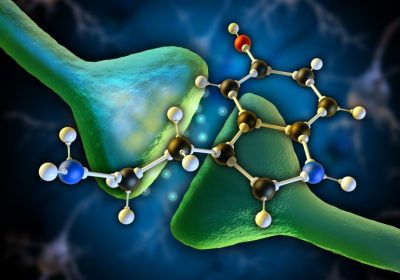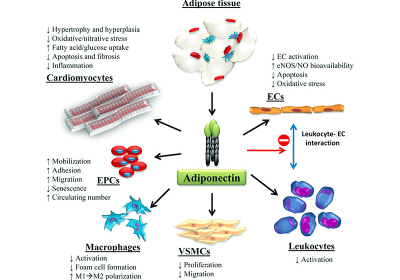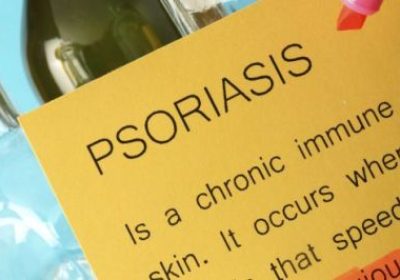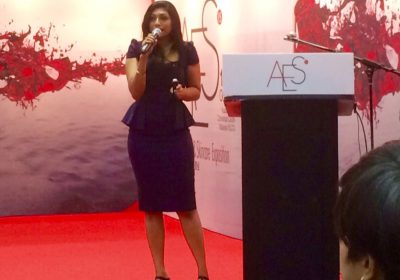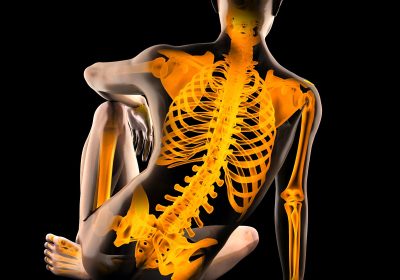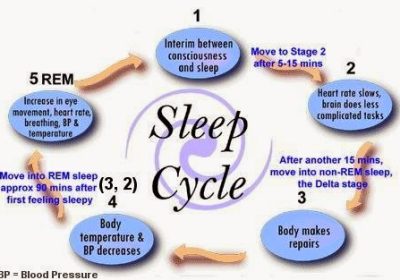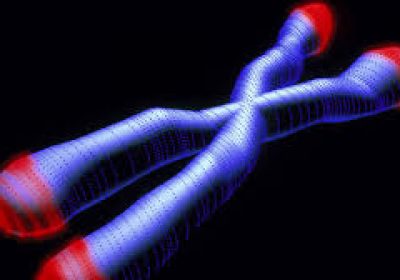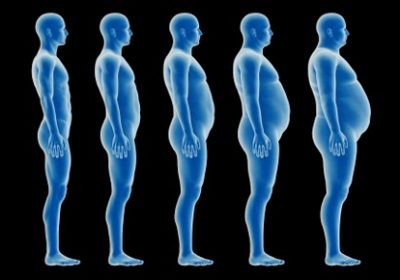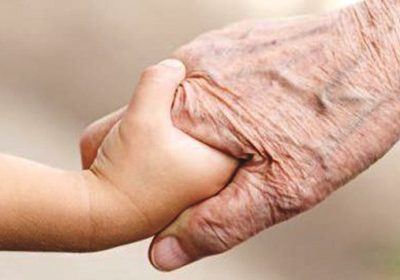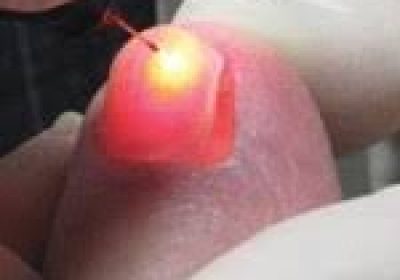
Birthmarks
Introduction
Birthmarks are coloured marks that are visible on the skin. They’re often present at birth or develop soon afterwards.
The two main types of birthmark are:
- vascular birthmarks (often red, pink or purple) caused by abnormal blood vessels in or under the skin
- pigmented birthmarks (usually brown) caused by clusters of pigment cells
Vascular birthmarks often occur in the head and neck area, mainly on the face. However, both types of birthmark can appear anywhere, including inside the body.
If surface blood vessels are affected, a vascular birthmark will appear red, purple or pink. If the affected vessels are deep, the birthmark will appear blue.
Pigmented birthmarks are tan or brown-coloured skin marks.
What causes birthmarks?
It’s not fully understood why birthmarks occur, but they’re not usually inherited. Vascular birthmarks are caused by abnormal blood vessels in or under the skin, and pigmented birthmarks are caused by clusters of pigment cells.
It’s thought that port wine stains occur because the nerves that control the widening or narrowing of the capillaries don’t function properly, or there aren’t enough of them. This means that blood is constantly supplied to the skin in that area, which makes it permanently red or purple in colour.
1. Vascular birthmarks
Some of the most common types of vascular birthmarks are described below.
Salmon patch (stork mark)
Salmon patches are red or pink flat patches that can appear on a baby’s eyelids, neck or forehead at birth.
They’re the most common type of vascular birthmark and occur in around half of all babies.
Most salmon patches will fade completely within a few months, but if they occur on the forehead they may take up to four years to disappear.
Infantile haemangioma
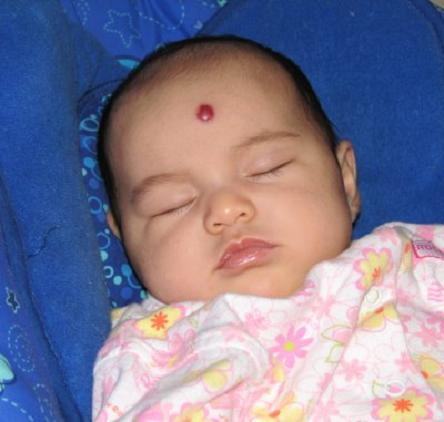
Sometimes infantile haemangiomas occur deeper in the skin, in which case the skin can look blue or purple.
Haemangiomas are common, particularly in girls, and affect around 5% of babies soon after birth. They rapidly increase in size for the first six months before eventually shrinking and disappearing by around seven years of age.
Haemangiomas that get bigger rapidly or those that get in the way of vision or feeding may need to be treated.
Port wine stain
Port wine stains are flat red or purple marks that affect a very small number of newborn babies. They can vary in size, from a few millimetres to several centimetres in diameter.
Port wine stains often affect one side of the body and usually occur on the face, chest and back (although they can occur anywhere).
They tend to be sensitive to hormones and may become more noticeable around puberty, pregnancy and the menopause. Most are permanent and may deepen in colour over time.
2. Pigmented birthmarks
Some of the most common types of pigmented birthmarks are described below.
Café-au-lait spots
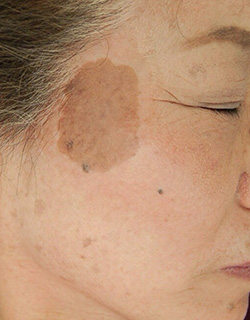
This could be a sign of neurofibromatosis (a number of genetic conditions that cause tumours to grow along your nerves).
Naevus of Ota
Naevus of Ota, naevus of Ito and naevus of Hori are melanocytic naevi with slate-brown or blue/grey colouring. The naevus cells are found deep within the dermis, a form of dermal melanocytosis.
Mongolian spots
Mongolian spots are blue-grey or bruised-looking birthmarks that are present from birth.
They’re more commonly seen in darker-skinned people and usually occur over the lower back or buttocks. However, they can also appear elsewhere on the body or limbs.
Mongolian spots may last for months or years, but they usually disappear by the time a child reaches four years of age. They’re completely harmless and don’t need treatment. They may sometimes be mistaken for a bruise.
Congenital melanocytic naevi
Congenital melanocytic naevi are also known as congenital moles. They are relatively large brown or black moles that are present from birth.
They’re fairly common and are caused by an overgrowth of pigment cells in the skin. Most congenital melanocytic naevi become proportionally smaller and less obvious with time, although they may darken during puberty or become bumpy or hairy.
They can range in size from less than 1.5cm (about 0.6 inches) to more than 20cm (about 7.9 inches) in diameter. The risk of a naevi developing into skin cancer is low, but the risk increases the larger it is.
Treating birthmarks
Most birthmarks are harmless and don’t need to be treated. Some types of birthmarks will fade over time, whereas other types such as port wine stains will be permanent if they’re not treated.
Laser therapy involves aiming short bursts of laser light at the birthmark to lighten the color of the birthmark, shrink the birthmark, or cause it to stop growing.
Specific wavelengths are used to target the chromophore carried by the birthmark, most often melanin or in vascular lesions – hemoglobin.
Generally, multiple sessions are required to sufficiently break the chromophore and lighten the birthmark.
Premier clinic boasts a wide array of laser machines that is suitable for removing various birth marks
Dr. Aarthi Maria


